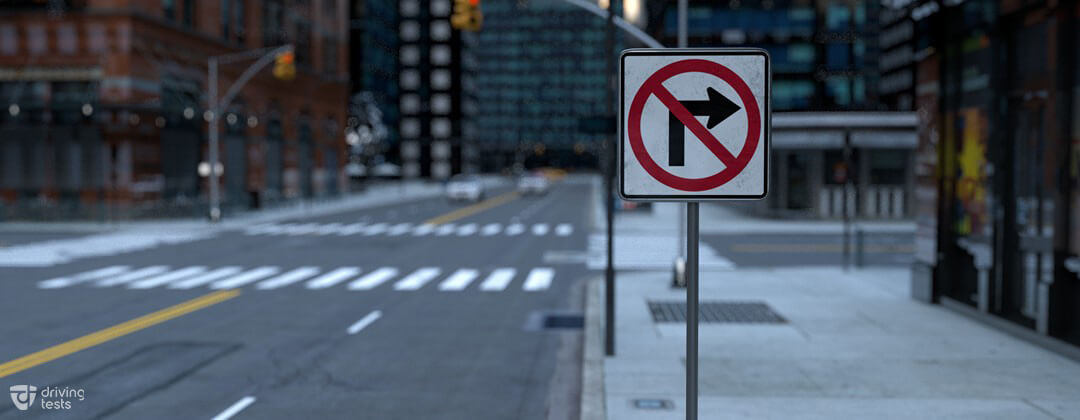
What does this sign mean?
a. You may not turn left
b. You may not turn right
c. You can make a right-hand turn
You may not turn right
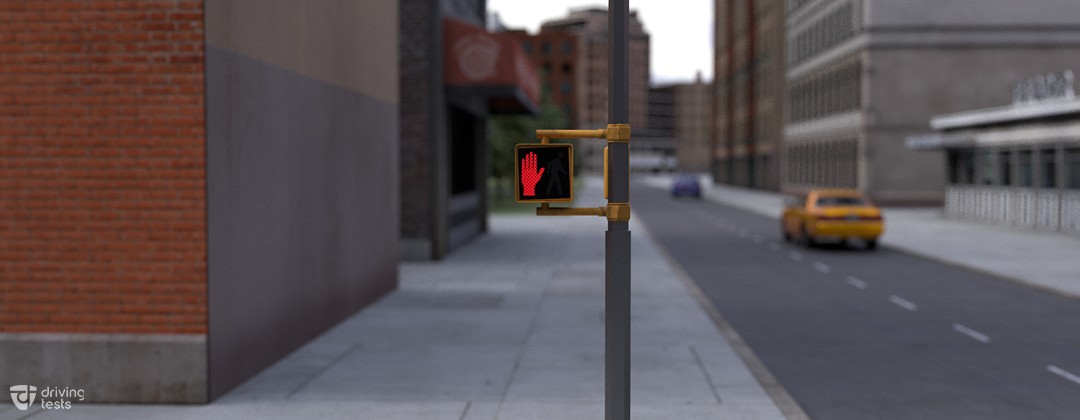
What does this signal mean?
a. You may walk
b. You can make a left-hand turn
c. Do not walk
Do not walk
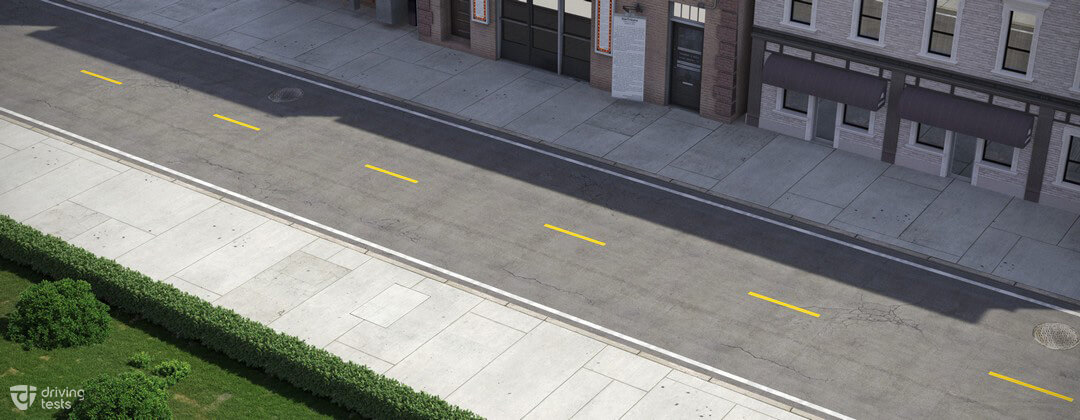
What do these pavement markings indicate?
a. Passing is allowed
b. Drivers must turn
c. Drivers must take a detour
Passing allowed
When following another vehicle under good driving conditions, use the _________ to be sure you're leaving enough space in front of your vehicle.
a. four-second rule
b. three-second rule
c. two-second rule
two-second rule
True or False: You should always park your vehicle more than 18 inches from the curb.
a. True
b. False
False
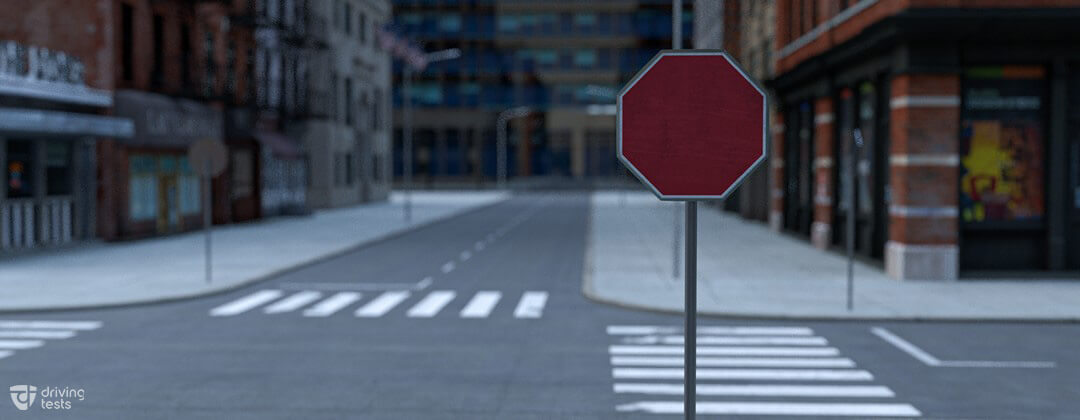
This octagonal (eight-sided) figure is...
a. Do not enter
b. A yield sign
c. A stop sign
A stop sign
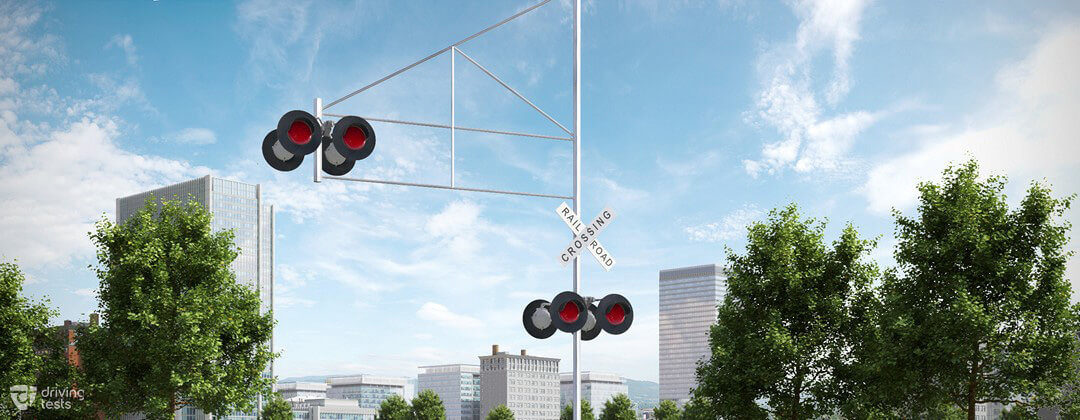
What does this signal indicate?
a. A work zone
b. A railroad crossing
c. A tunnel ahead
A railroad crossing
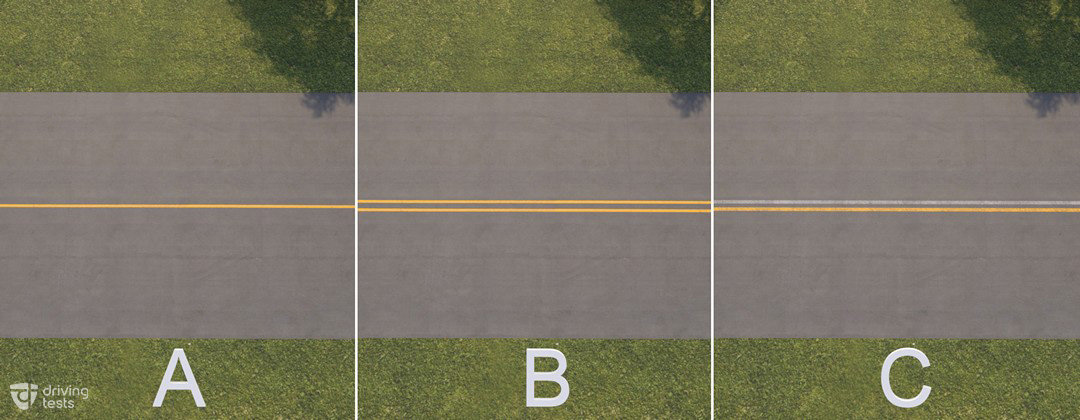
Which of these pavement markings separates two lanes traveling in the same direction?
a. B
b. None of the above
c. A
None of the above
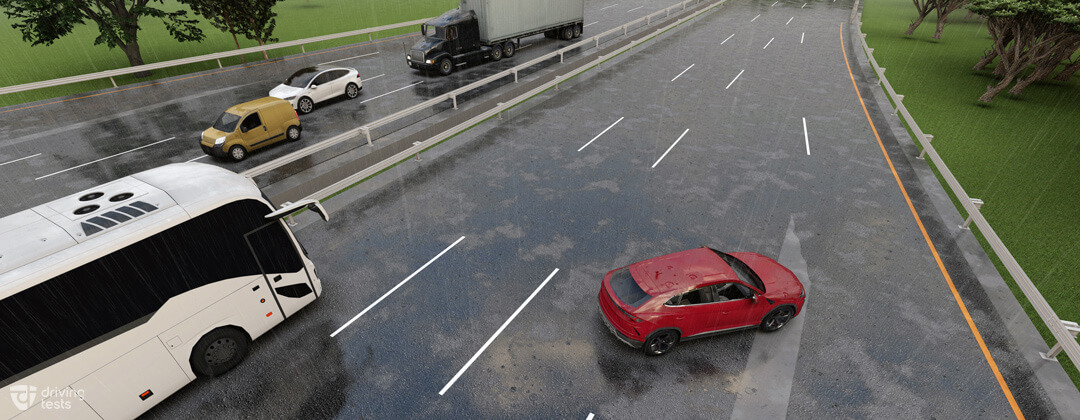
If your rear wheels start to skid, what should you do?
a. Turn the steering wheel to the left
b. Turn the steering wheel in the opposite direction of the skid
c. Turn the steering wheel in the same direction of the skid
Turn the steering wheel in the same direction of the skid
True or False: To avoid a head-on collision if there is an oncoming vehicle in your lane, you should steer right toward the shoulder or curb line.
a. False
b. True
Ture
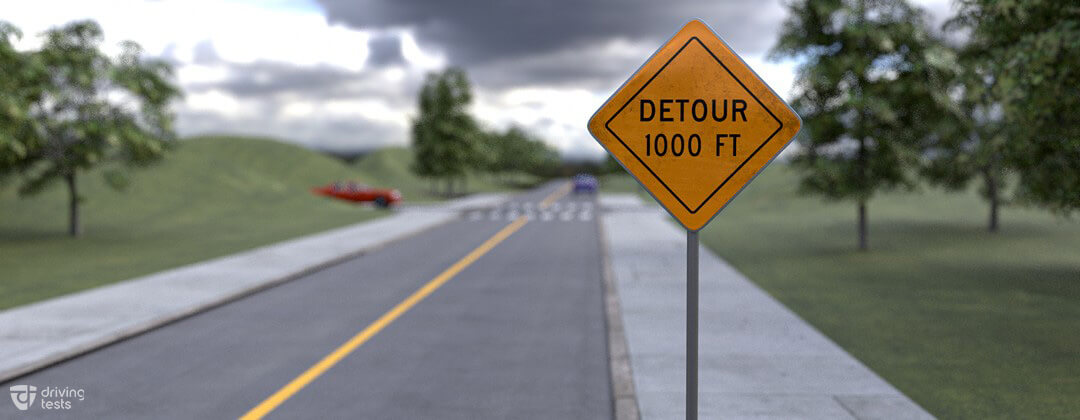
What does this sign indicate?
a. Alternate route 1,000 ft ahead
b. Road work 1,000 ft ahead
c. A bridge 1,000 ft ahead
Alternate route 1,000 ft ahead
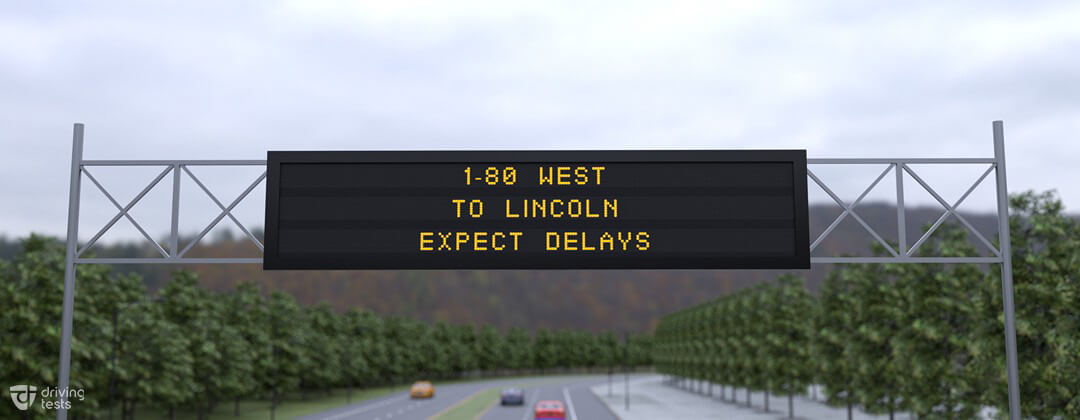
These freeway signs are called...
a. Crossroad indicators
b. Route maker signs
c. Dynamic message signs
Dynamic messages signs
What does this pavement marking indicate?
a. No cars allowed
b. Motorcycle lane only
c. Bicycle lane
Bicycle lane
At an unmarked crosswalk, you must
a. Increase your speed and cross before the pedestrian
b. Yield the right-of-way the pedestrian
c. Stop and ask the pedestrians to cross quickly
Yield the right-of-way the pedestrian
True or False: If traffic from another roadway is merging onto the roadway you are traveling on, you should change lanes immediately.
a. True
b. False
False

What does this sign mean?
a. A youth hospital ahead
b. A side road ahead
c. A Y-intersection ahead
A Y-intersection ahead
 What does this flashing signal indicate?
What does this flashing signal indicate?
a. Do not turn left
b. Yielded left hand turn
c. You have the immediate right-of-way
Yielded left hand turn
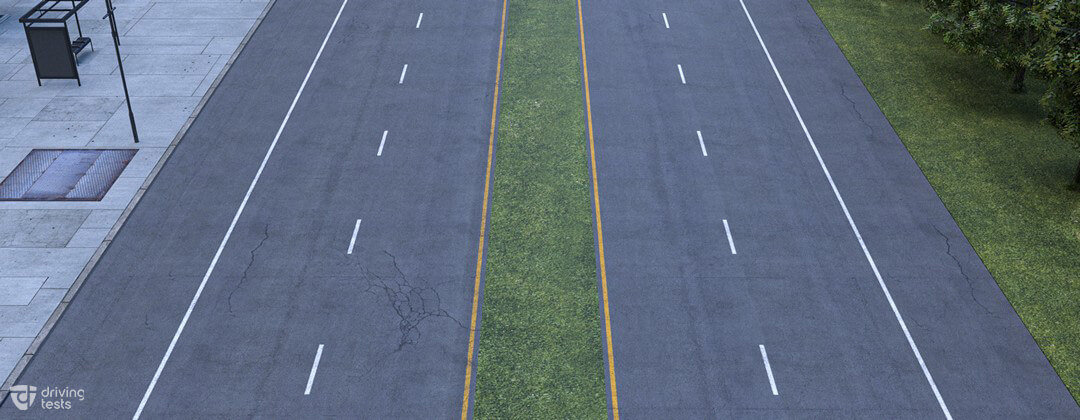
On a four-lane divided roadway or a one-way road, a solid yellow line usually marks
a. The right edge of the pavement
b. The center of the roadway
c. The left edge of the pavement
The left edge of the pavement
You are more likely to survive a car crash if you use _________ together.
a. The lap and shoulder belt
b. The lap belt and a helmet
c. the shoulder belt and emergencies flashers
The lap and shoulder belt
True or False: Steam coming from underneath the hood of your vehicle may mean that your cooling system has overheated.
a. True
b. False
True
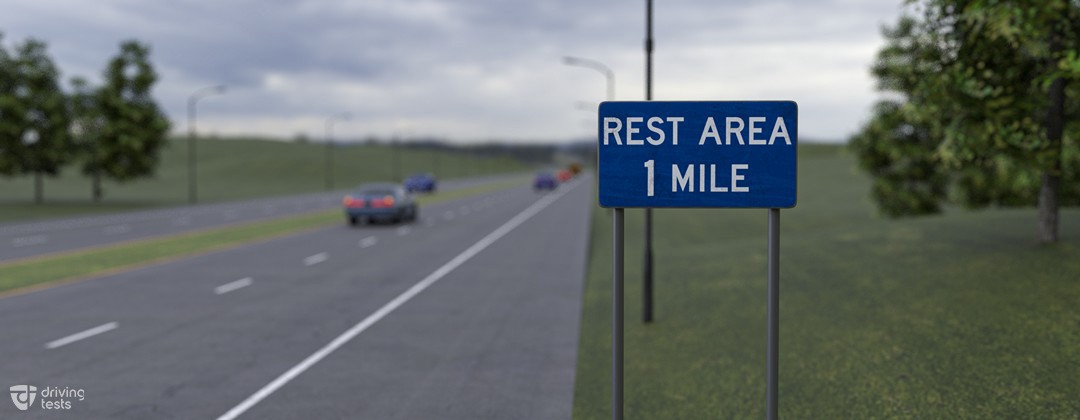
This sign is...
a. A construction sign
b. A service sign
c. A speed limit sign
A service sign

What does this light signal mean?
a. You may not go
b. You may make a left turn, but yield to oncoming traffic
c. You can make a right-hand turn and not yield to oncoming traffic
You may make a left turn, but yield to oncoming traffic
What does this pavement marking indicate?
a. Reindeer crossing
b. Railroad crossing
c. Both a and b
Railroad crossing
When coming to a stop at a 4-way intersection who has the right of way and what do you do?
a. The first person to stop has the right-of-way and you continue in a clockwise direction
b. The last person to stop has the right-of-way and you continue in a counterclockwise direction
c. A 4-way stop is just a suggestion, it's a free for all
c.
The first person to stop has the right-of-way and you continue in a clockwise direction
True or False: If a police officer stops you for a traffic violation, you must provide your driver's license and your vehicle's insurance and registration papers.
a. False
b. True
True